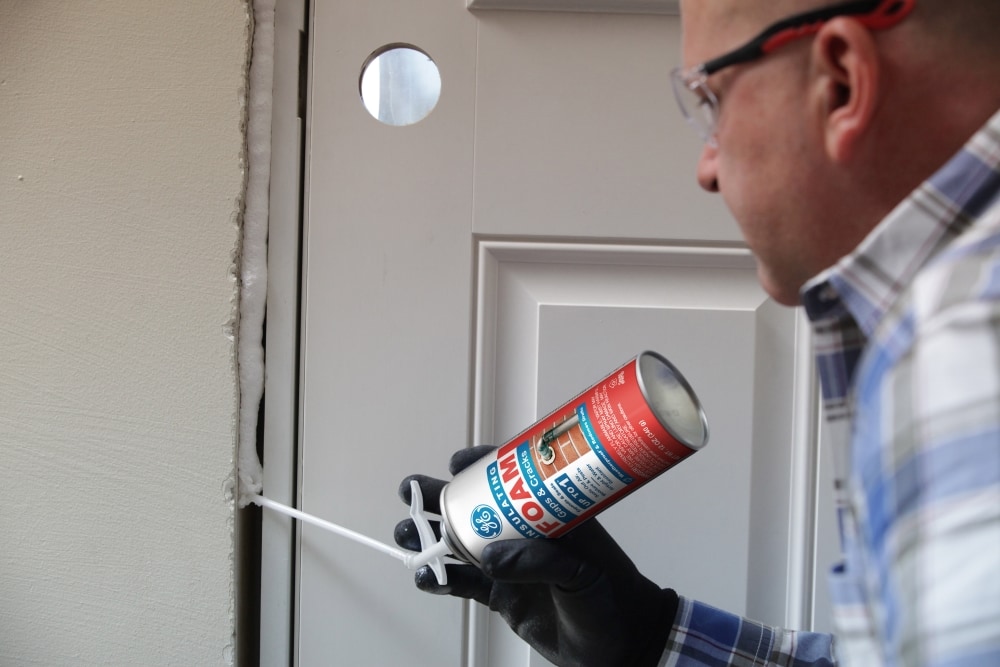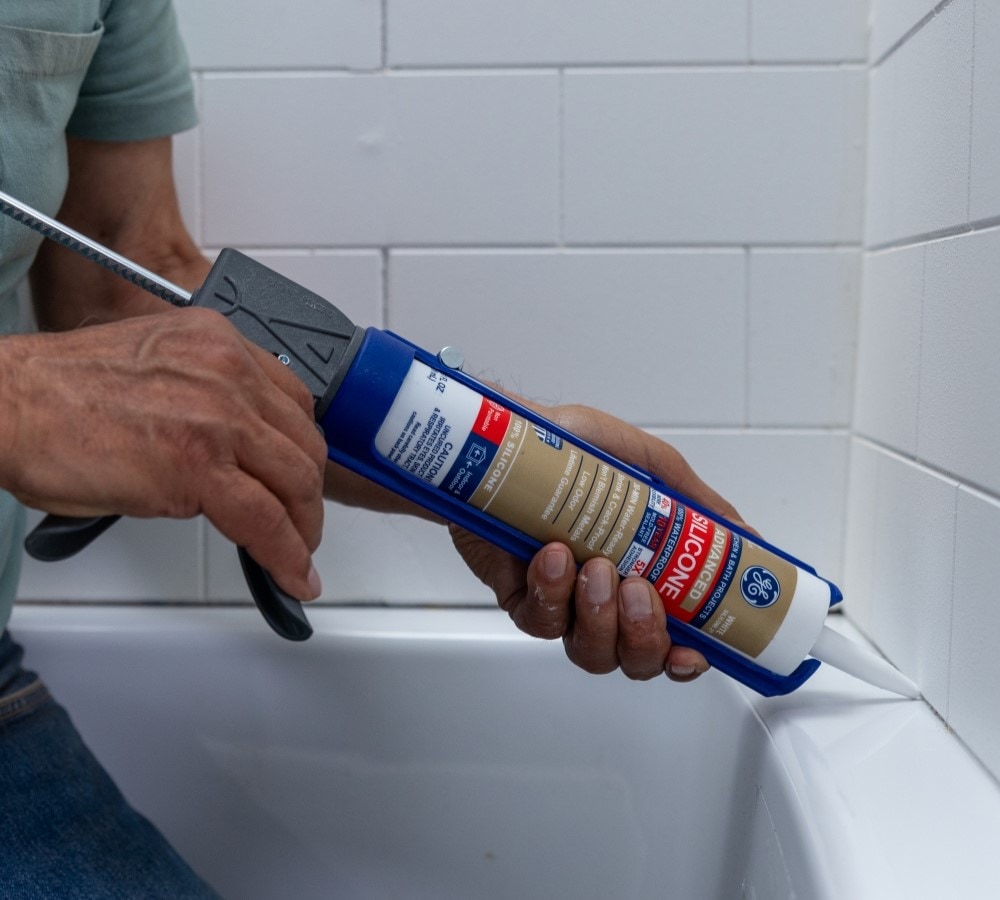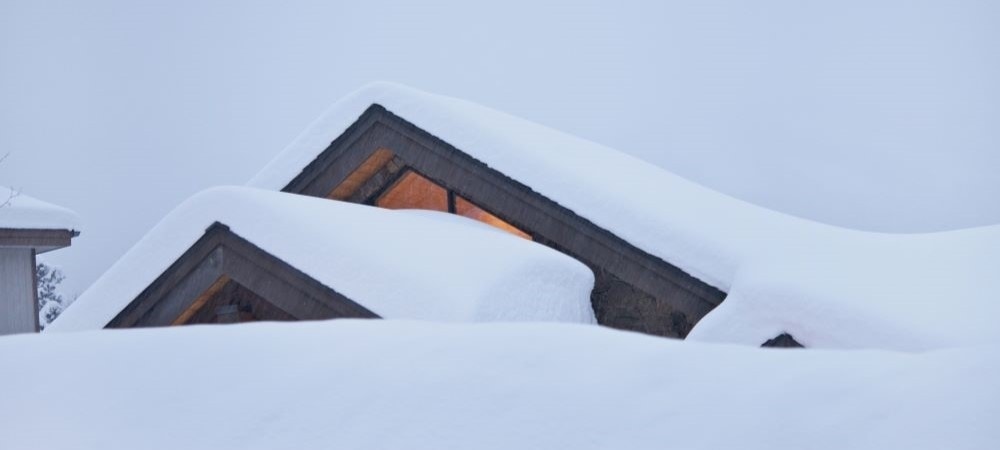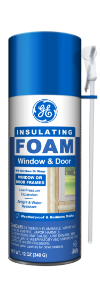As the leaves turn and the air chills, the impending winter heralds a timely reminder of the importance of home weatherproofing. Beyond the comfort it provides, weatherproofing your home is also a financially savvy move. With potential energy bill reductions of up to 10%, effective weatherproofing and sealing your house for winter is an investment that will save you money while making your home more comfortable.
With energy costs on the rise, weatherproofing your home with the right sealants and caulk will directly impact your monthly expenses. This guide takes you through 10 ways to fortify your home against the cold. Each step is both a shield against the frost and a smart move toward substantial savings. Whether you’re caulking windows or servicing your heating system, you’re not just preparing for winter. You’re setting the stage for year-round efficiency and comfort.
How to weatherproof your home
Follow these 9 steps to effectively weatherproof your home and reduce your energy costs.
-
Apply Sealant on Windows and Doors
One of the most effective ways to weatherproof your home is by applying silicone sealant to windows and doors. Silicone sealants like Advanced Silicone 2® Window & Door sealant are favored for their durability and flexibility, which is essential in withstanding the temperature changes of winter.
Sealing these areas can prevent cold drafts and moisture from entering, which can significantly reduce heating costs. A steady bead of sealant around window frames and door edges forms a barrier against the cold, contributing to an overall warmer and more energy-efficient home.
Weatherproofing your home can potentially save you up to 10% on your energy bills. Use products like window and door sealants, weatherstripping, silicone sealants, and others to weatherproof all areas of your home.
-
Upgrade Your Attic Insulation
Insulating your attic is a critical step in weatherproofing. The proper use of a spray foam sealant like Window and Door Foam can prevent warm air from escaping and cold air from penetrating your living spaces. This sealant expands to fill gaps and cracks, creating an airtight barrier. Remember to wear protective gear and follow the manufacturer’s instructions when applying spray foam for optimal safety and effectiveness.

Seal gaps in your attic with spray foam sealant. -
Check Your Basement and Foundation
Basements and foundations are often overlooked during weatherproofing. Applying a silicone sealant can help protect these areas from water damage and insulation loss. Silicone sealant is easy to apply with a caulk gun and provides a resilient, flexible seal that can withstand the movements caused by temperature fluctuations. Sealing these lower areas of your home helps prevent cold air ingress and the formation of mold due to dampness, ensuring a dry and warm environment throughout the winter months.

Silicone sealant can help protect your basement and foundation from water damage. -
Use Weatherstripping
Weatherstripping is a simple yet effective method to seal air leaks around movable components such as doors and windows. Selecting the right materials is crucial for securing the weatherstripping in place. It ensures a snug fit that blocks cold drafts. This type of sealant creates a strong bond that withstands the frequent opening and closing of doors and windows, providing a long-term solution to improve energy efficiency and comfort in your home.
-
Apply Waterproof Sealant in Wet Areas
Areas of your home exposed to moisture, like bathrooms and kitchens, require a waterproof sealant to prevent water damage and cold air intrusion. Applying this sealant around sinks, bathtubs, and backsplashes can prevent mold growth and maintain the integrity of your home’s thermal envelope. Not only does this step protect your home’s structure, but it also contributes to maintaining a consistent indoor temperature, reducing the need for excessive heating.

Seal around your bathtub to prevent water damage and seal cracks. -
Learn How to Apply Caulk Efficiently
The process of caulking is integral to weatherproofing your home. Learning how to apply caulk effectively can seal a variety of gaps and joints, preventing cold drafts. A smooth, continuous bead along windowsills and door frames can significantly enhance insulation. Proper application ensures that the caulk adheres well and provides a durable seal that lasts through winter.
-
Choose the Right Caulking Gun
A reliable caulking gun is a necessary tool for applying caulk with precision. Look for one with an easy-to-use trigger and a smooth pressure mechanism, which allows for greater control and a consistent bead of caulk. This can improve the effectiveness of the seal and reduce the likelihood of air leaks that can lead to higher heating costs.
-
Use Sealants for Joint Protection
Joints around baseboards, crown moldings, and where walls meet floors are potential areas for heat loss. Using a sealant in these areas can prevent warm air from escaping and stop cold air from entering. This measure increases warmth and contributes to overall energy savings by maintaining a stable indoor temperature.

Seal your baseboards to prevent drafts in your house. -
Request an Energy Audit
An essential step in optimizing your home for winter is to request an energy audit from your energy provider. This professional assessment identifies how you can further improve energy efficiency and pinpoint areas of energy waste. Auditors use specialized tools like infrared cameras and blower doors to detect air leaks and insulation gaps.
Implementing the recommendations can lead to substantial energy savings, making your home more comfortable and reducing your carbon footprint. It’s a proactive measure to ensure your weatherproofing efforts are comprehensive and effective.
Get the tools you need to weatherproof your home with GE sealants
For professional-grade weatherproofing, trust GE sealants, the industry leader in sealants and caulks. Explore our range of products at these retailers to find the perfect solution for sealing your home against the elements this winter.
Looking for more DIY project ideas? Visit our Projects & How To’s page for more.


